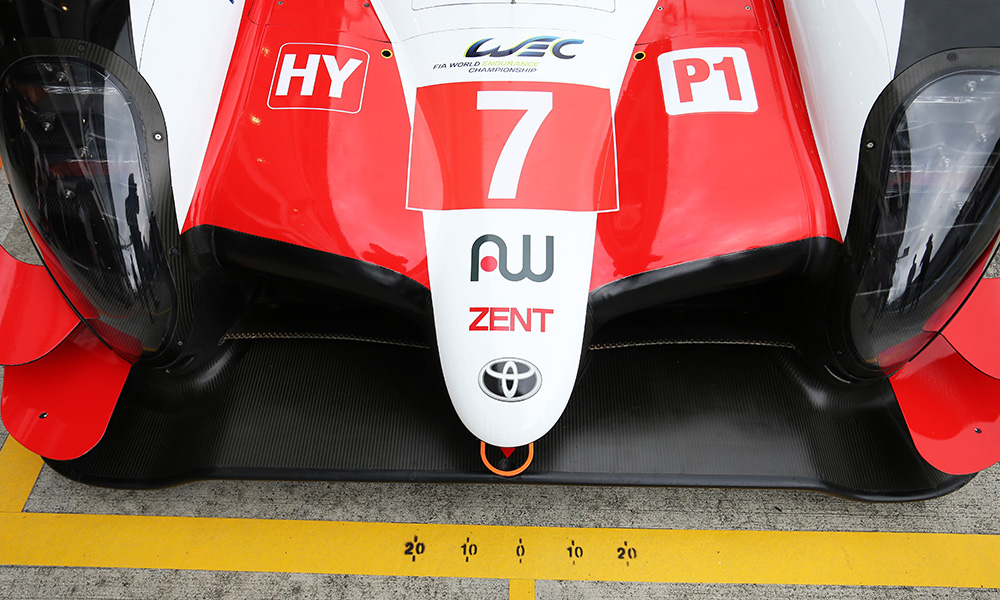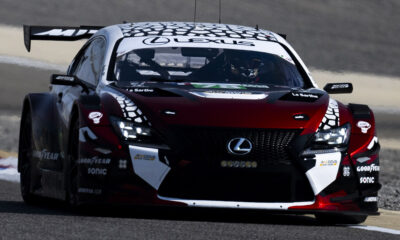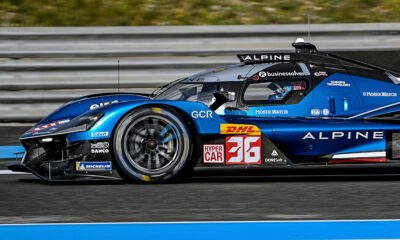
Photo: Toyota
Toyota Gazoo Racing is “on board” with changes made to the FIA World Endurance Championship’s Equivalence of Technology, according to technical director Pascal Vasselon.
Several changes have been made over the course of the 2018-19 season so far in order to manage the performance differences between the Toyota hybrids and non-hybrid competitors.
The latest alteration came ahead of Free Practice 3 for the Six Hours of Fuji on Saturday, with the non-hybrid LMP1 cars allowed an increase in fuel per stint and petrol energy.
This was made in an attempt to bring the non-hybrids, which include the cars run by Rebellion Racing, SMP Racing, ByKolles Racing Team and DragonSpeed, closer to the performance of Toyota’s two TS050 Hybrids.
Vasselon says he supports the changes despite them negatively affecting his team, for the sake of being “constructive” towards the health of the series.
“From our side we try to be constructive, and to help when we can help,” he said. “For the question how many times the ACO and FIA will step in and what’s the masterplan behind it, you have to ask them.
“We are on board with all the decisions that have been taken so far, but clearly we are not triggering them.”
The mid-event changes came after significant handicaps were given to the Toyotas in a pre-event EoT change last Friday.
It included a 26 kg weight increase to the hybrid cars, while they also lost their two-lap stint advantage despite a clause in the regulations initially prohibiting any adjustments to the Toyotas.
“There was a request from the organizer to look into the subject how to reduce the gap between us and the LMP1 privateers,” Vasselon explained.
“Together we came to the conclusion that it is possible to do something and find a compromise.”
Toyota Makes Changes Following Silverstone Disqualification
Vasselon says the team has made several changes, both to the car and from a sporting perspective, in light of its double disqualification at the Six Hours of Silverstone in August.
Toyota lost the win in the previous WEC round after the cars failed skid block deflection tests, which the team put down to aggressive new track curbing.
“We had to implement counter measurements of two kinds: Firstly we strengthened the floor a little bit, but not too much, because the underfloor is designed in a way to protect damage for the monocoque, so we were limited,” Vasselon explained.
“There is a complex interaction between the underfloor and the chassis, so the underfloor has to absorb shocks to prevent the chassis to be damaged.
“Secondly, we strengthened the fixing of the underfloor. We changed the material for the thread of the floor fixation [bolts] from aluminum to steel.
“And finally, we had long discussion with the drivers how to better inform them and give them better guidelines in the future about potential risks, so that they can drive accordingly.”

























